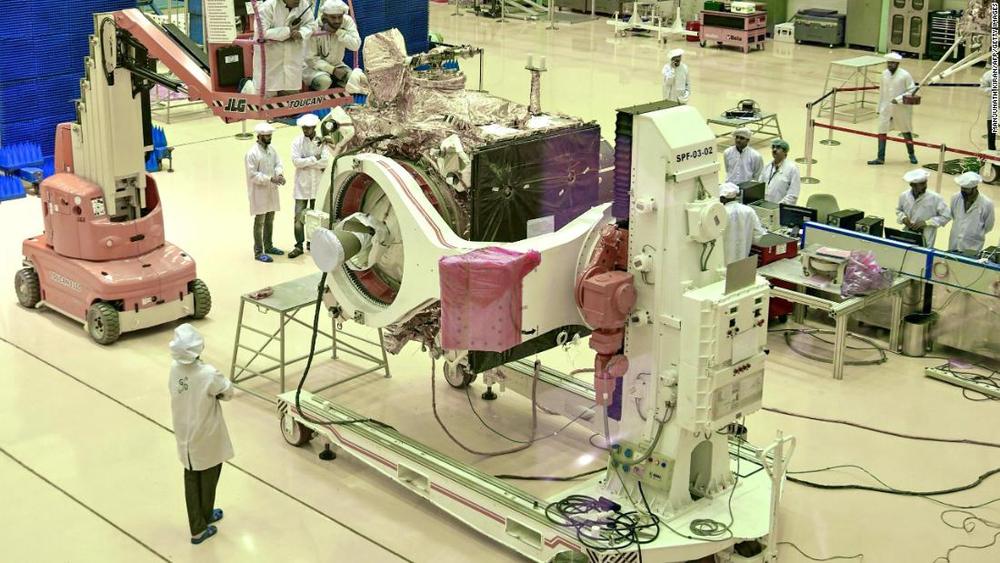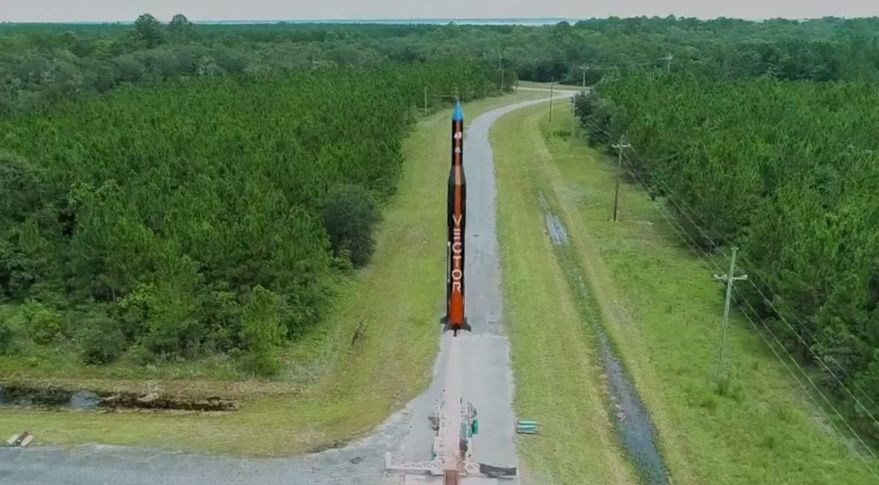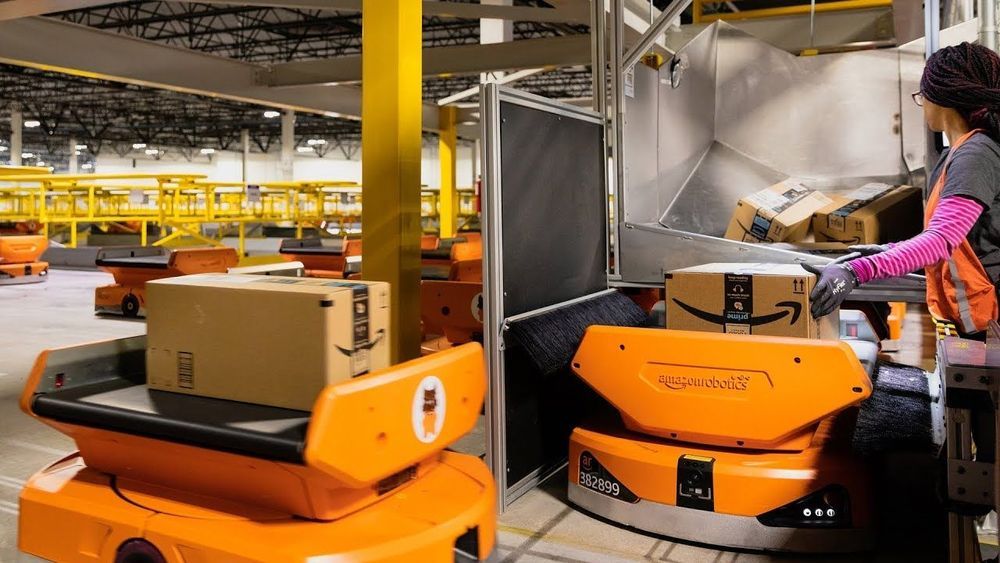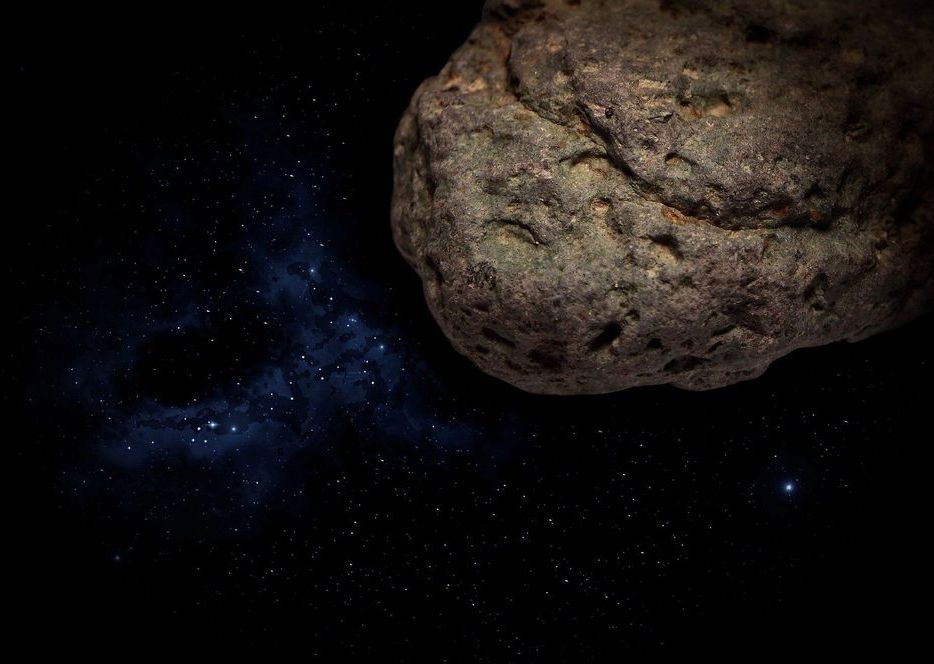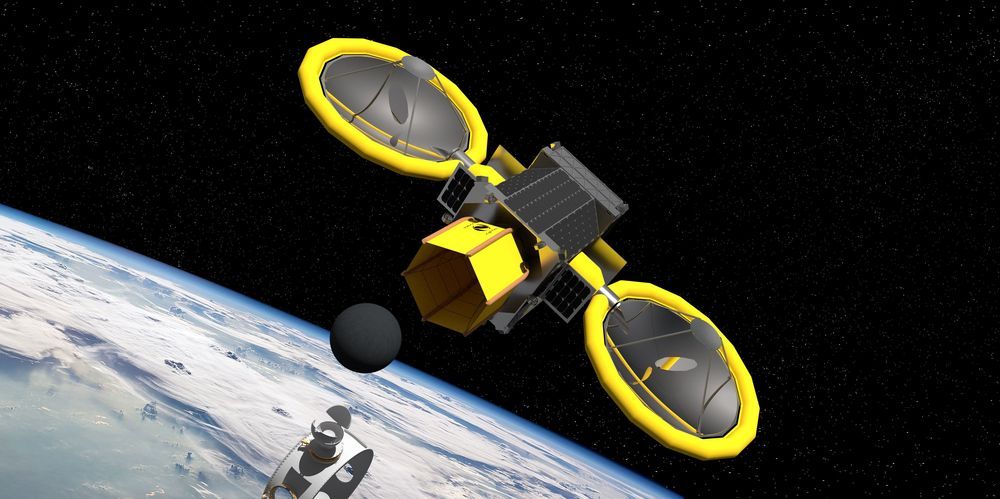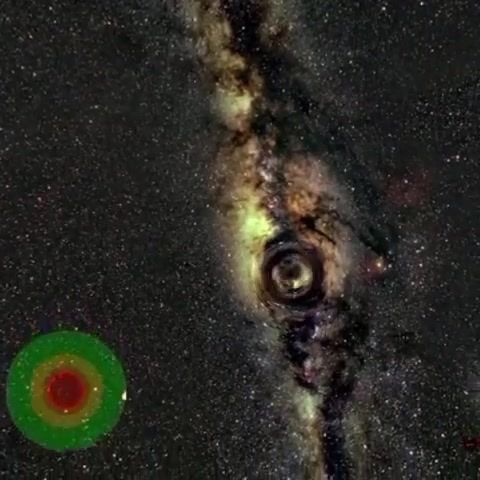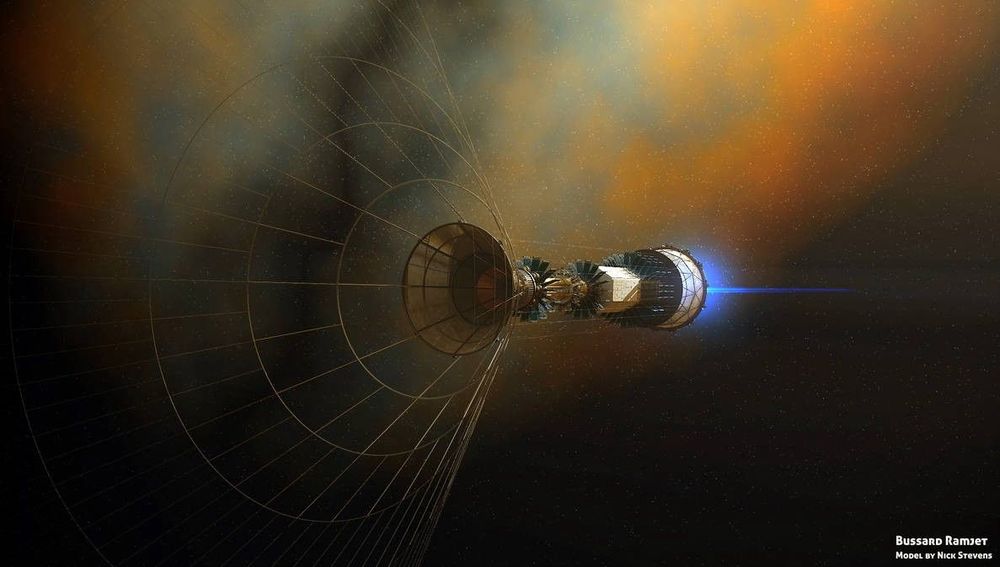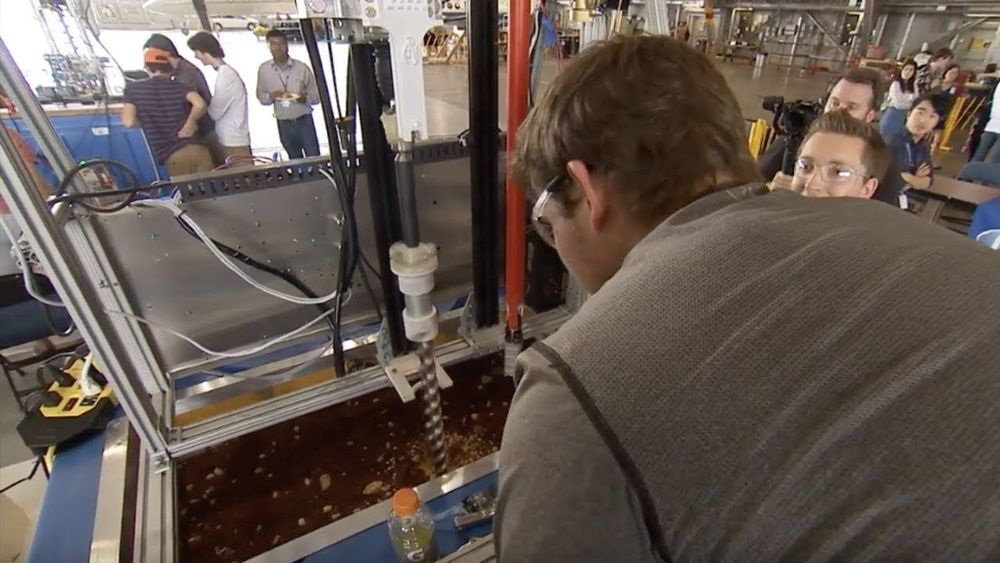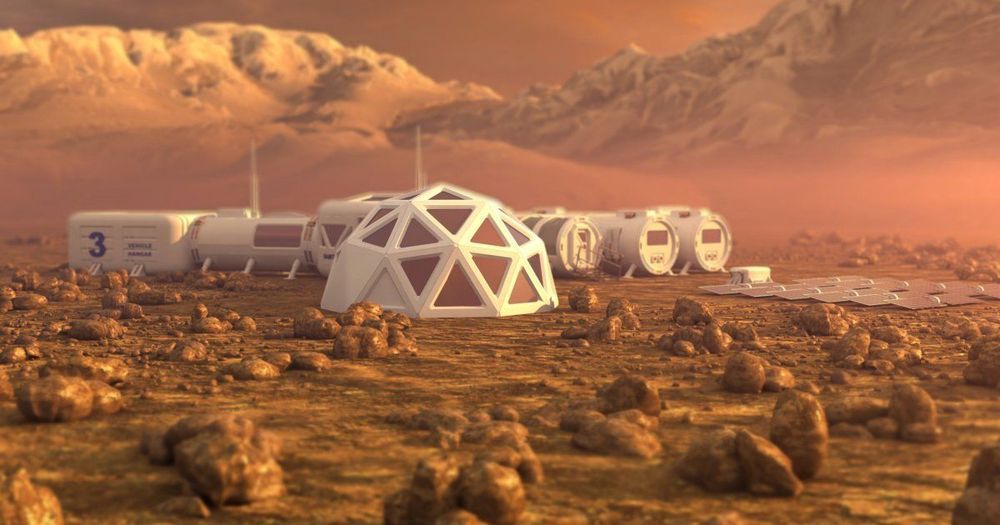The mission will make India the fourth country to land a spacecraft on the surface of the Moon, adding its name to a long list of recent achievements in space exploration. In the past 10 years, the Indian space agency has launched multiple missions into space to gain a better understanding of Mars and the Moon.
India’s space agency says it will make the country’s first landing on the surface of the moon in September this year.
The country’s latest lunar mission, Chandrayaan-2, which means “moon vehicle” in Sanskrit, is to lift off in mid-July.
The mission will make India the fourth country to land a spacecraft on the surface of the moon, adding its name to a long list of recent achievements in space exploration. In the past 10 years, the Indian space agency has launched multiple missions into space to gain a better understanding of Mars and the moon.
